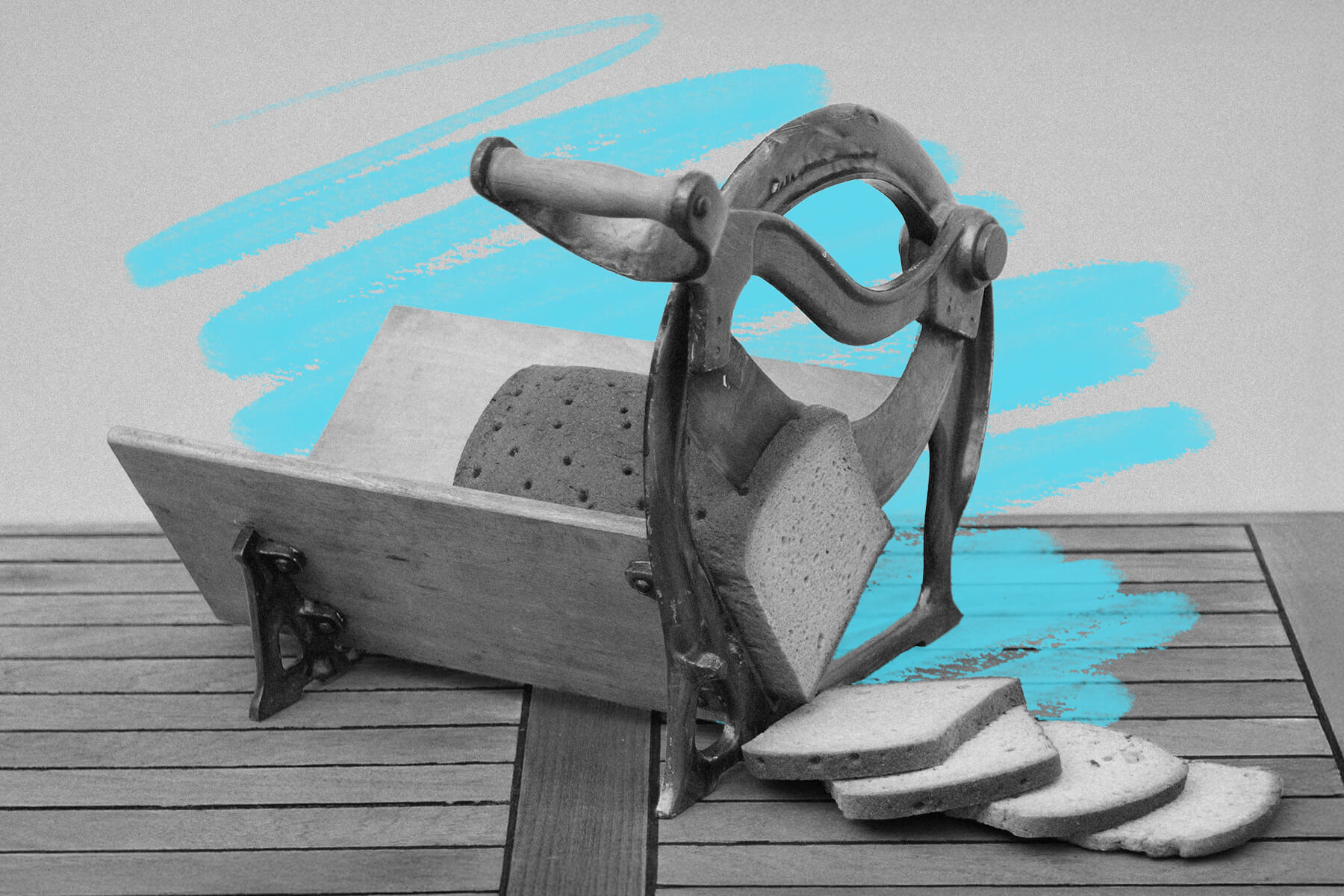The U.S. once banned sliced bread.
Sliced bread was first sold commercially in 1928 and quickly grew into a culinary sensation — until its rise came to an abrupt halt when it was briefly banned 15 years later. On January 18, 1943, amid World War II, U.S. Secretary of Agriculture Claude R. Wickard announced a ban on selling sliced bread in an effort to conserve wartime resources. The government hoped this ban would preserve the country’s supply of alloyed steel (used to build slicing machines) and wax paper (used to both wrap sliced bread, which required thicker wrapping than unsliced loaves, and protect military equipment from the elements). It was a common practice to ask Americans back home to ration goods in the name of the war effort, but the ban on sliced bread was met with furious and immediate backlash.
U.S. housewives in particular were dismayed over the ban. One woman named Sue Forrester wrote to The New York Times, “I should like to let you know how important sliced bread is to the morale and saneness of a household.” While hotels and restaurants were given a 60-day grace period to prepare, bakeries weren’t so lucky, and saw sales decline up to 10% while facing sizable fines for defying the ban. Given the ration’s widespread unpopularity, many government bureaucrats played dumb and refused to admit being involved, pointing fingers at others instead. Wickard finally rescinded the ban on sliced bread on March 8, 1943, claiming, “The savings are not as much as we expected,” while conveniently neglecting to acknowledge any public outcry.







